Ranked top by the Nature Index for its renowned research excellence, the Okinawa Institute of Science and Technology Graduate University is giving comprehensive and hands-on support to researchers and early-stage startups to spur economic growth.
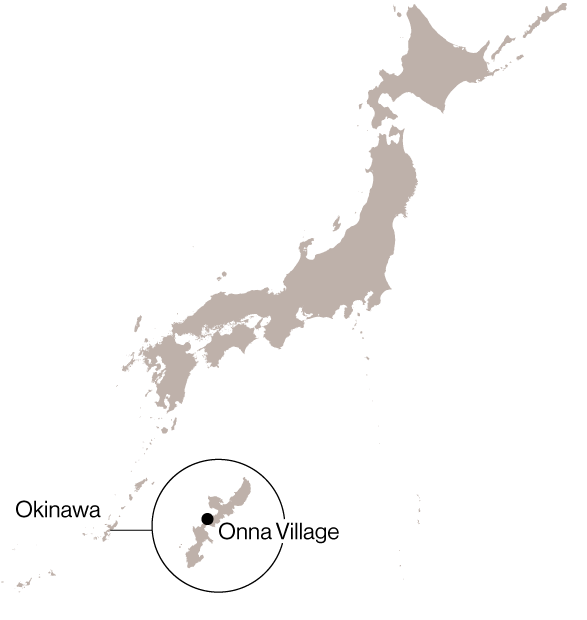
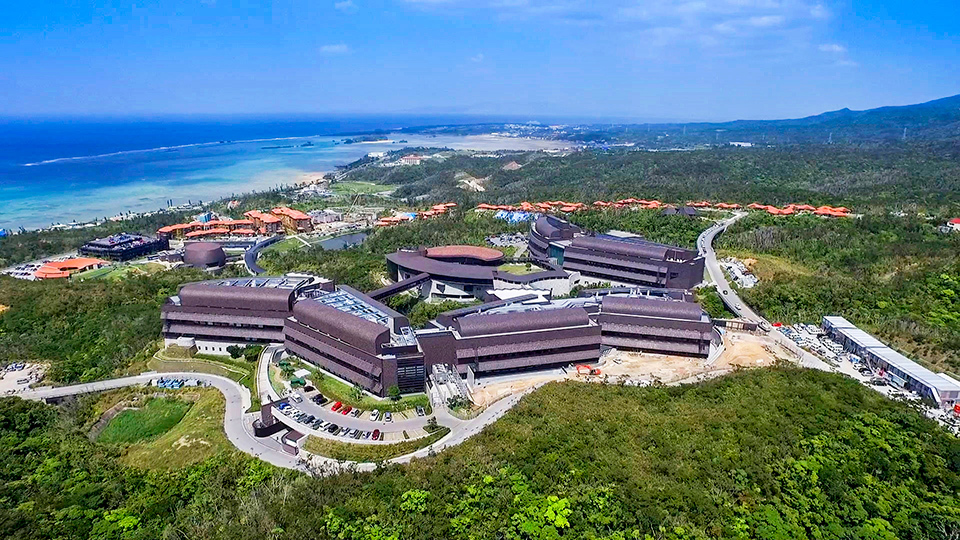
OIST is located in Onna Village on the main island of Okinawa, one of the most popular resort destinations in Japan. The campus is designed to blend in with its surroundings, with stone walls that reflect the traditional architecture of Okinawan castles.
In the rolling hills of Onna Village on Okinawa Island, a collection of curved buildings nestles in the subtropical rainforest. It is easy to mistake it for one of the resorts dotting the white-sand beaches nearby. The campus, however, is the Okinawa Institute of Science and Technology Graduate University, known as OIST for short, a unique hub of scientific research and innovation in Japan.
Founded in 2011 with support from the Government of Japan, OIST has two objectives: to help the promotion and self-sustainable development of Okinawa, Japan’s southernmost prefecture and to contribute to international science and technology development. To achieve these objectives, OIST will nucleate a knowledge cluster that will catalyze technology transfer in Okinawa. The institution is a university like no other in Japan. Its five-year Ph.D. program in science has been drawing world-class researchers, students, and staff from abroad as well as from within the country.
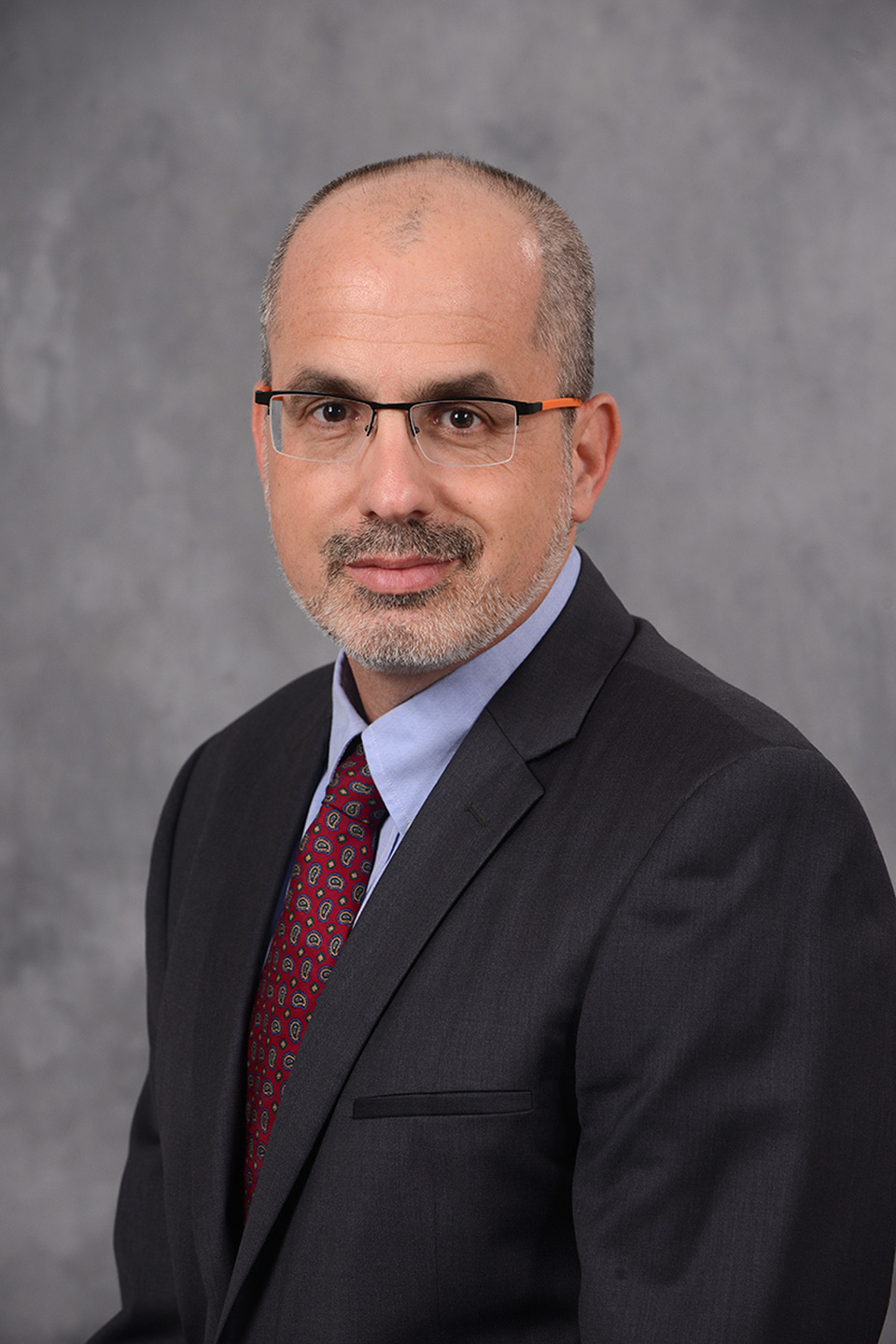

Gil Granot-Mayer, an executive vice president at OIST, led the commercial arm of Israel’s Weizmann Institute of Science. He says OIST will help establish a fund to invest in high-growth startups that can sow the seeds of an innovation ecosystem.
Among them is Gil Granot-Mayer. After a career in law, he led Yeda Research and Development Company, the technology transfer arm of the prestigious Weizmann Institute of Science in Israel. In 2021, he joined the team at OIST as Executive Vice President for Technology Development and Innovation. Granot-Mayer shared some insights about what makes OIST a unique innovation driver and how it has been collaborating with various players to support research, startups, and the Okinawan economy.
“In December last year, the Nature Index looked at several universities in terms of research output normalized to size and OIST was ranked top,” says Granot-Mayer, referring to an analysis measuring high-quality articles as a proportion of an institute’s overall research output. “We are small number-wise. But on average, we are much more impactful in leading Japan and the world. This is a testament to our research quality. For a young university of 10 years in a remote location, this is an extraordinary achievement. In my opinion, this has been a tremendous return on investment for Japan.”
Output in Nature Index and Dimensions
Normalizing the output tracked by the Nature Index makes it possible to compare OIST on a level playing field with much larger institutions. The results were published in the December 9 issue of Nature as a sponsored article in Nature Index 2021 Young Universities.
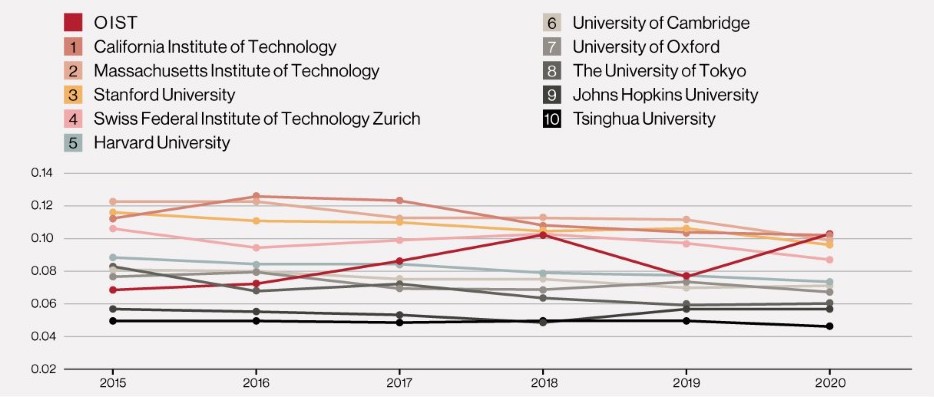
Granot-Mayer points to several factors that are enabling OIST to outperform. The focus is international, with English as the main language, and the structure is flat and interdisciplinary. To encourage collaboration, there are no departments, and each research group has secure, long-term funding, which allows researchers to be bold and take risks, maximizing the odds of generating breakthroughs. In addition, OIST has dedicated to housing and other facilities and services to attract foreign students and staff. In early 2022, OIST had 255 Ph.D. students from 50 countries and territories.
One of the greatest public health threats in recent decades has been COVID-19, which has been a serious challenge on many levels for OIST, as it has for other academic institutions.
In this battle against the virus, one of most important assets is mRNA, which was co-discovered by one of OIST’s own founding scientists, Nobel Prize laureate Sydney Brenner. Noting that it took 60 years of continuous efforts in basic research for this discovery to finally mature into the form of a coronavirus vaccine, Granot-Mayer emphasized the importance of basic scientific research and compounded upon how it can benefit society. That is exactly what the Technology Development and Innovation Center, TDIC, is working toward.
OIST’s Innovation Square Startup Accelerator program is dedicated to fostering and commercializing new technology to support economic growth. The prefectural government sponsored its establishment in 2018 as the first global accelerator in Okinawa. Each year, OIST chooses two global startups to receive a residency program and 10 million yen in funding. In addition to scientific expertise, they can receive useful feedback from OIST’s community of venture capitalists. By catalyzing startups in Okinawa, OIST aims to strengthen the innovation ecosystem around the university and contribute to self-sustaining economic development in the region. Meanwhile, OIST is helping create a 40-50-million-dollar fund for early-stage support of startups from OIST, Okinawa, and around the world.
“As of May 2022, we expect five companies from the Accelerator Program to have established a presence in Okinawa,” notes Granot-Mayer. “While this is a small program, it is proof of concept of a good thing we can do to encourage startups and innovation to come here.”
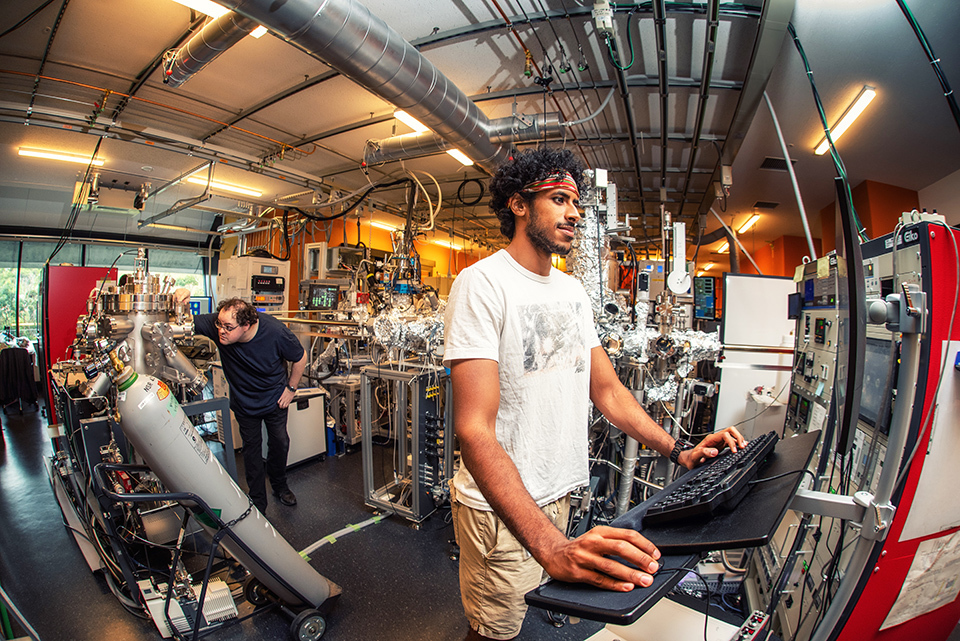
OIST is an interdisciplinary graduate school that attracts leading researchers from around the world. Courses and research are conducted entirely in English. OIST has also been selected by the government as one of the research centers for quantum technology innovation. Photo shows the Quantum Materials Science Unit.
Looking to the future, Granot-Mayer sees great potential in OIST’s research and innovation due to continued support from the central government and Okinawa.
“I see great value in diversification and openness in Japan,” says Granot-Mayer. “The more Japan can bring in talent from abroad, do everything in English and select top researchers and funding according to international standards, the better for Japan’s competitiveness. Putting more money into supporting basic research and students is the right direction for Japan.”
Chosen as one of the institutions in Japan that will develop quantum technology—one of the crucial areas for implementing the New Form of Capitalism proposed by the Kishida administration—OIST is an example of success in prioritizing high-level research. To reinforce Japan’s renowned science and technology infrastructure, the government has announced a fund of 10 trillion yen to create top-class universities. As a science powerhouse as well as a hub for innovation, OIST is acting as a launchpad for new ideas in Japan and around the world.






























